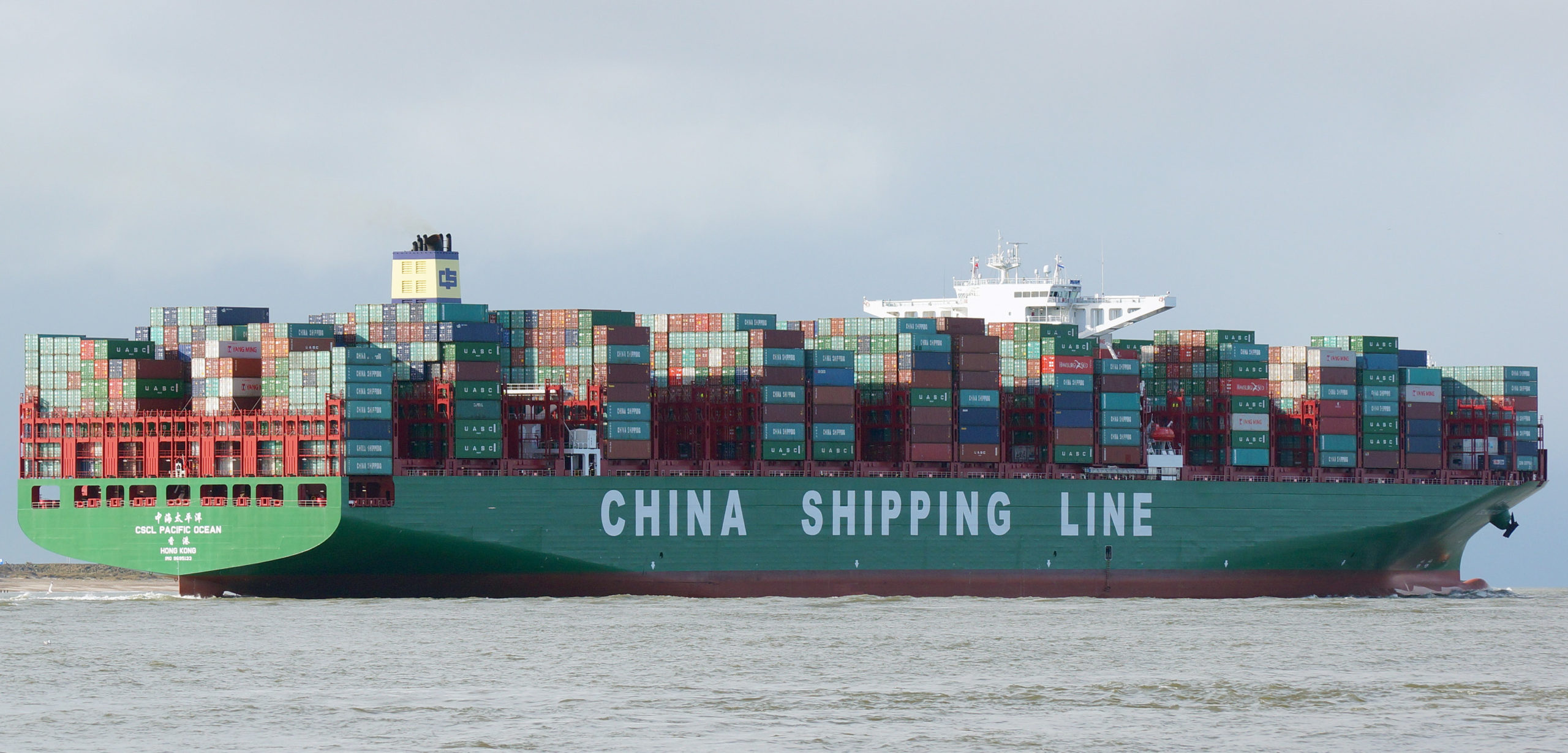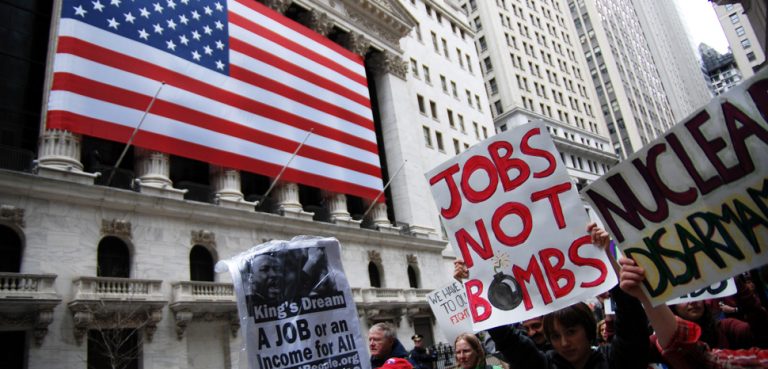COVID-19 has produced a new type of geopolitics, one that is sharply focused on the ability of countries to influence global production.
Supply chain security challenges experienced during COVID-19 made countries aware of the strategic importance enjoyed by states in ‘supplying’ to chains. Some countries sourcing locations are indispensable for the efficient functioning of various supply chains. This indispensability has a geopolitical dimension.
China – as a major supplier of global rare earths and industrial raw materials – enjoys great geopolitical heft due to its ability to ‘disrupt’ supply chains from exogenous shocks like COVID-19. Russia – a major source of natural gas for Europe and the world – can disrupt global gas distribution through supply shortages and higher prices by commencing a military conflict with Ukraine.
Industrial supply chains – automobiles, electronics, smartphones – rely on semiconductor chips sourced heavily from Taiwan. It is hardly surprising that Taiwan has become a critical state in the geopolitical dynamics impacting the US-China battle for global technological supremacy.
In the future, more countries with oversized prominence in specific supply chains affecting national security – telecommunications, health products, food, clean energy, fintech – might either project their prominence for geopolitical power, or get drawn into major power rivalries surrounding supply chains.
The realization of security threats emanating from exploitative control of some countries over supply chains has fundamentally altered the narrative around geographical organization of production.
The ostensible response to safeguarding supply chains has been to gather similarly concerned countries into supply chain coalitions. Emergence of supply chain resilience projects like the Supply Chain Resilience Initiative (SCRI) between Japan, India and Australia, and those by the Quad and G7 are noteworthy.
As these projects mature, they would reshape existing economic geographies that have evolved around global and regional supply chains. If, for example, semiconductor supply chains source less from the Asia-Pacific and pharmaceutical supply chains reduce procuring from China, the geographic character of both chains would be markedly different from what they are now.
Reshaping, also involving reshoring of some supply chains, underscores the intricate links between geographical organization of global production and regional economic identities. Over the years, Asia-Pacific, Europe and North America have developed distinct economic identities from the supply chains they’ve hosted and nurtured.
The post-COVID-19 geopolitics is changing these identities. This is inevitable with geopolitics becoming significant in choosing locations for supply chains, as opposed to economic efficiencies arising from location-specific endowments and comparative advantages.
The Asia-Pacific region can lose its identity obtained from organization of production within the APEC (Asia Pacific Economic Cooperation) framework. Anxieties around supply chains are leading various APEC members to form specific blocs for absorbing production. These blocs are shaping around the US-China divide.
Japan, Australia, Korea, and Taiwan are working with the U.S. for redrafting supply chains. The new chains will include India and the U.K. More countries from the Asia-Pacific, Europe, and the G7 might latch on to these too. These are likely to get positioned around the upcoming economic framework of the Indo-Pacific region pioneered by the U.S.G7
The Indo-Pacific has emerged as a compelling regional construct including countries from across continents and hemispheres. Its political and security identities are distinct from the largely apolitical character of the Asia-Pacific. These identities will determine the evolution of its economic rubric.
As old geographies fade and new identities emerge, countries need to respond proactively. Canada – a major Pacific power – and an old stakeholder in the Asia-Pacific – is rightly recalibrating its regional priorities around the Indo-Pacific.
Much of the recalibration will center on trade and supply chains. Canada’s shared concerns with countries engaged in supply chain resilience projects – the U.S. and prominent global middle powers (e.g. Australia, Japan, India, U.K.) – should naturally see it contributing to the cause of supply chains in the Indo-Pacific.
For all countries engaged in safeguarding supply chains, including Canada, it is important to note the growing obliteration of old economic geographies. The post-COVID19 geopolitics is driving the phaseout. It is time to accept and welcome the new in a different world.
The views expressed in this article are those of the author’s alone and do not necessarily reflect those of Geopoliticalmonitor.com or any institution the author is associated with.




